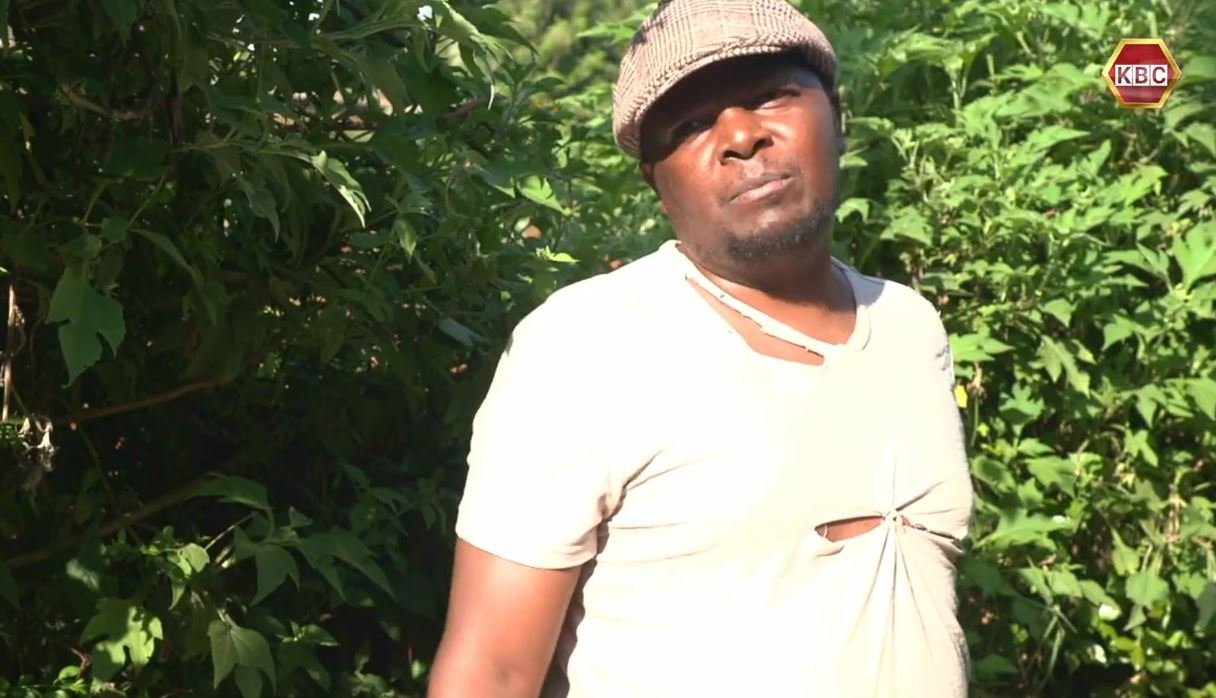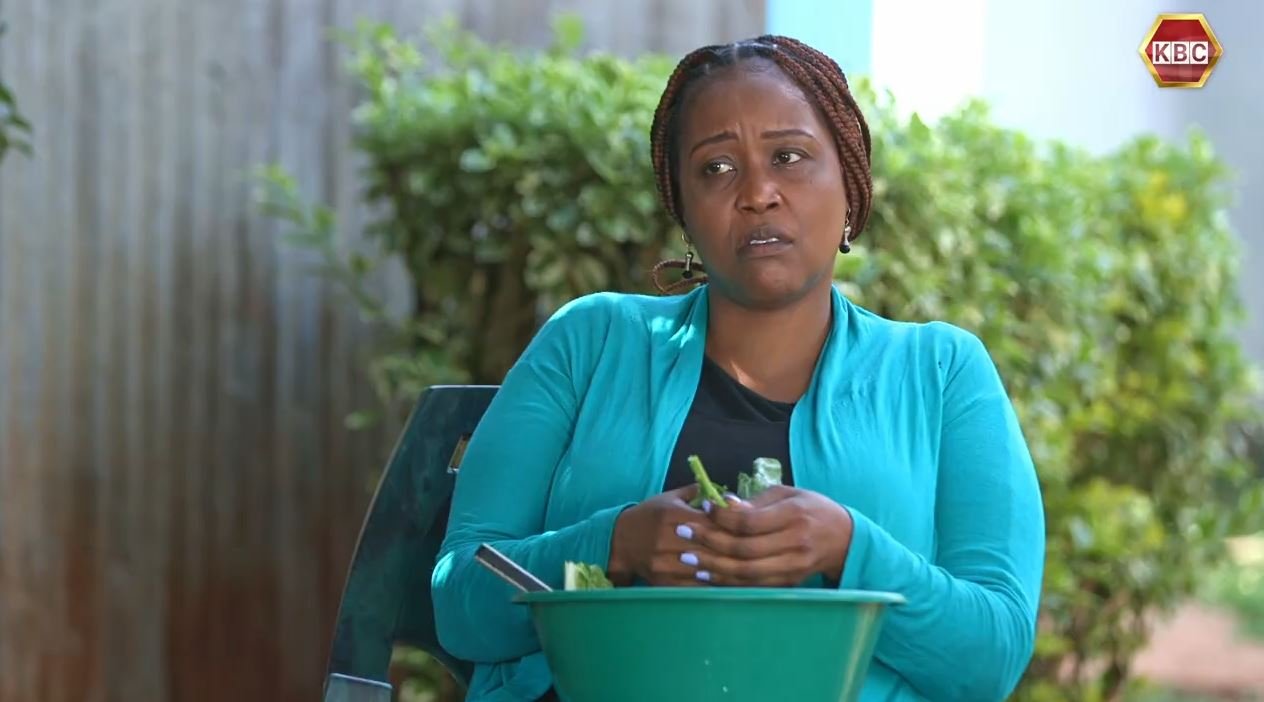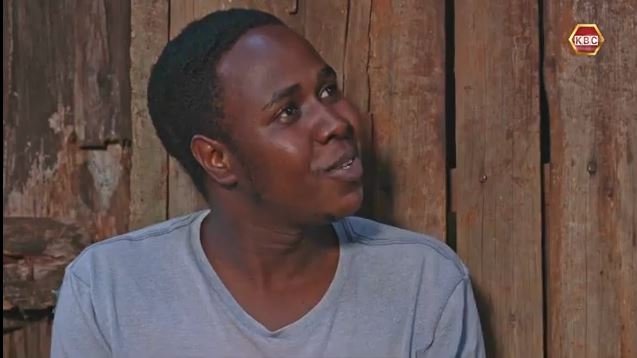The Flip Phenomenon: Why the Motorola Razr Ultra (2025) is Underrated Yet a Foldable Masterstroke for Value HuntersIn the dazzling duopoly of foldable smartphones dominating October 2025—where Samsung’s Galaxy Z Flip7 reigns as the practical powerhouse and Google’s Pixel 9 Pro Fold whispers AI incantations—the Motorola Razr Ultra (2025) folds into the conversation like a stylish afterthought. Launched in April 2025 as Motorola’s pinnacle flip phone, this clamshell stunner packs a Snapdragon 8 Elite chipset and a 7-inch pOLED canvas into a vegan leather-clad chassis, yet it’s often relegated to “also-ran” status in reviews. Priced at a premium $1,300 USD, it’s critiqued for shorter software support and camera quirks compared to the Z Flip7’s seven-year updates, per CNET’s May 2025 verdict.
But beneath the crease lies an underrated icon: a phone that marries iconic design with flagship firepower, delivering effortless usability and endurance that makes it not just good, but a value virtuoso for Kenyan trendsetters. In a market bloated with bulky book-style folds, the Razr Ultra flips the script on portability and panache, proving you can snag premium foldable flair without folding your wallet.Creased but Unbowed: The Razr’s Overlooked Edge in a Foldable FrenzyMotorola’s Razr lineage has long been the Y2K revival darling—evoking 2000s nostalgia with its hinge-happy form—but the Ultra (2025) marks a maturation, blending retro chic with 2025 tech. Yet, it languishes in the shadows of Samsung’s ecosystem lock-in and Oppo’s optical wizardry. Tom’s Guide praises its “outstanding performance” and Moto AI perks like real-time translation, but notes it’s “flipping expensive” at $1,300, overshadowed by the Z Flip7’s $1,100 entry.
Reddit’s r/foldable threads echo this, with users calling it “the best flip you’ve never heard of” due to Motorola’s mid-tier marketing—lacking the carrier subsidies that propel Samsung.
GSMArena specs highlight its 16GB RAM and 512GB storage as elite, yet the three-year OS promise (up to Android 18) draws side-eye from Pixel loyalists.This underestimation? It’s Motorola’s secret weapon. In Kenya, where urban hustlers crave compact devices for matatu pockets (per CAK’s 2025 mobility report), the Razr Ultra’s 88.4mm folded height and 189g weight eclipse slab phones’ bulk. Pantone-validated hues like Mountain Trail (sustainably sourced wood) or Rio Red vegan leather add tactile luxury sans the Z Flip7’s matte sameness. As HotHardware raves, it’s a “flagship-level folding flip phone that makes very few compromises,” with a titanium-reinforced hinge slashing crease visibility by 40%.
Underrated because it skips gimmicks like S Pen integration, the Razr Ultra excels in elegance—your flip phone as fashion statement, not just folder.Folded Brilliance: A Phone That Unfolds Everyday ExcellenceThe Razr Ultra (2025) isn’t content with flair; it’s a functional foldable that folds fatigue into fun. Its 7.0-inch inner LTPO pOLED (1224p, 165Hz refresh, Dolby Vision, 4,500 nits peak) blooms from a 4.0-inch outer cover screen (1,272×1,080, 165Hz)—both Pantone-tuned for lifelike colors, perfect for TikTok edits or Nairobi skyline scrolls.
The Snapdragon 8 Elite (3nm, up to 4.32GHz) with Adreno 830 GPU crushes AnTuTu north of 2.5 million, powering seamless multitasking or Genshin at 120FPS, cooled by a vapor chamber that keeps throttling at bay—outpacing the Z Flip7 in sustained loads, per PhoneArena benchmarks.
Cameras flip expectations: a 50MP main (f/1.8, OIS) and 50MP ultrawide (f/2.0, macro) duo captures vibrant, detail-rich shots with Moto AI enhancements like auto-framing, while the 32MP inner/50MP outer selfies nail 4K video calls. Low-light holds strong, though zoom trails periscopes—still a leap from prior Razrs. The 4,700mAh battery endures 18+ hours of mixed use (21 hours streaming, per PCMag tests), with 68W wired (full in 25 minutes), 30W wireless, and reverse charging for AirPods.
IP48 submersion (1.5m/30min) and Gorilla Glass Ceramic shrug off splashes, while stereo Dolby speakers with 20% bass boost immerse in Spatial Audio.Hello UX on Android 15 is gesture-fluid, with AI Key summoning Catch Me Up summaries or Look & Talk unlocks—privacy-focused sans Google bloat. Drawbacks? No expandable storage, and hinge durability claims need long-term proof. But for KSh 160,000-180,000, it’s a daily delight: fold for calls, unfold for creation—versatility that vanishes creases in your routine.Value Uncreased: Premium Flip at Palatable PricesAt $1,300 USD launch, the Razr Ultra screamed exclusivity, but October 1, 2025’s market (with USD at ~129 KES, per Wise’s September close) pegs imports at KSh 167,700—softening to KSh 160,000-180,000 via Kenyan resellers like Avechi, factoring duties and deals.
That’s a steal versus the Z Flip7’s KSh 190,000+ or Pixel Fold’s KSh 220,000, packing identical Elite silicon, superior outer screen utility, and Moto AI exclusives like horizon-locked video.Value folds in longevity: titanium hinge promises 400,000 flips (13 years daily), retaining 75% resale per Jiji trends, while efficient 8 Elite yields 25% better power draw than Gen 3 rivals.
In Kenya’s M-Pesa ecosystem, NFC and 5G (sub-6/mmWave) enable seamless transactions on Safaricom, with eSIM flexibility. Three OS upgrades cover most users, dodging Samsung’s update premium. As TechRadar affirms, it “answers every excuse not to buy one,” turning $1,300 into KSh 15,000/year over a decade—cheaper than slab upgrades.
For creators or commuters, it’s investment-grade: foldable innovation without the fold in your budget.Flipping into Kenyan Hands: Where to Unbox Your Razr UltraAs a U.S.-centric launch, the Razr Ultra imports via Kenya’s e-tailers—stock is robust on Jumia by October 2025, with EMI easing the entry. Verify global variants for full 5G bands. Duties add 10-15%; here’s the October 1 scoop:Store/Platform
Price Range (KES)
Notes
Avechi Kenya (avechi.co.ke)
160,000 – 170,000
Stocks 16/512GB in Rio Red or Scarab; Westlands pickup or nationwide shipping. Bundles with cases—1-year warranty, EMI via M-Pesa.
Jumia Kenya (jumia.co.ke)
162,000 – 175,000
Search “Motorola Razr Ultra 2025”; official Motorola listings with buyer protection, flash sales (up to 5% off). Free Nairobi delivery in 2-4 days.
Jiji Kenya (jiji.co.ke)
155,000 – 165,000
P2P imports from Dubai/U.S.; Nairobi/Mombasa deals for haggling. Inspect hinge—often includes chargers, verify IMEI for authenticity.
Phones Store Kenya (phonesstorekenya.com)
165,000 – 180,000
Flagship specialist; CBD walk-in with setup. 16GB variants in Mountain Trail—cash/EMI, plus screen protectors.
Price in Kenya (priceinkenya.com)
168,000 – 178,000
Online aggregator; links to verified sellers. Free delivery over KSh 10,000—great for Pantone exclusives.
Pro tip: Jumia’s Pay on Delivery minimizes risks; Motorola’s Nairobi service centers handle tweaks. Budget KSh 10,000 for duties on globals.The Ultra Flip: Underrated, Unfolded, UnbeatableThe Motorola Razr Ultra (2025) is underrated not for shortcomings, but for shining in subtlety—a foldable that prioritizes poise over pandemonium, lost in Samsung’s shadow. Yet, as a Snapdragon-surging, battery-beating beauty with AI smarts and crease-conquering design, it’s a good phone that redefines foldable finesse. At KSh 155,000-180,000 in Kenya, value isn’t folded away; it’s front and center, outpacing pricier peers in style and stamina. In October 2025’s tech tango, why settle for slabs when you can snap into swagger? The Razr Ultra isn’t just a flip—it’s your future, folded fresh.
GUNDUU KBC SEASON 1 EPISODE 10










You must be logged in to post a comment.